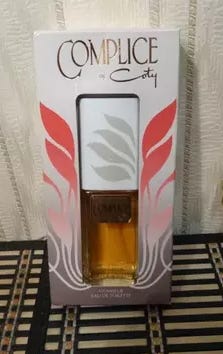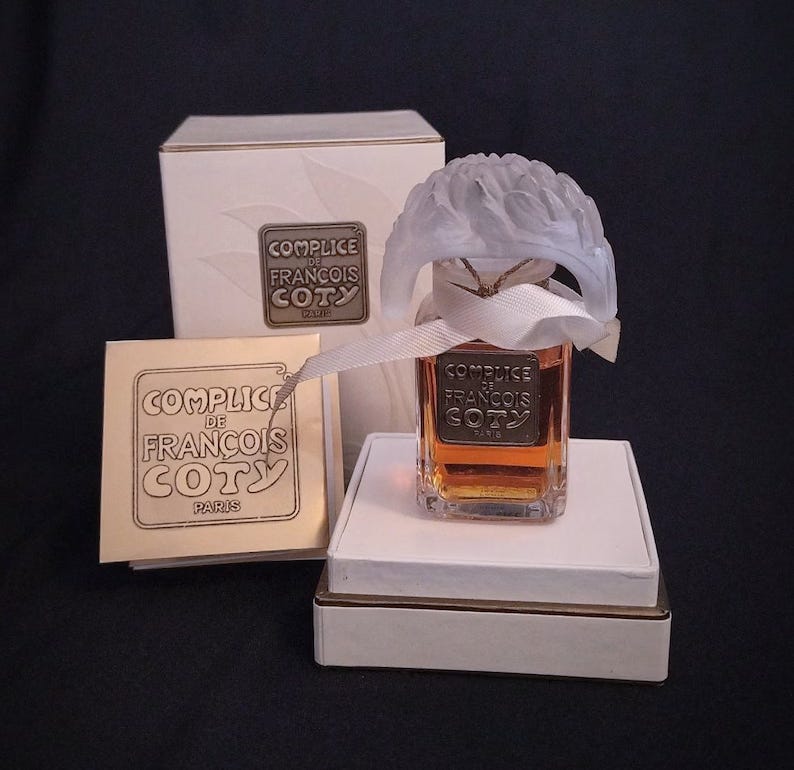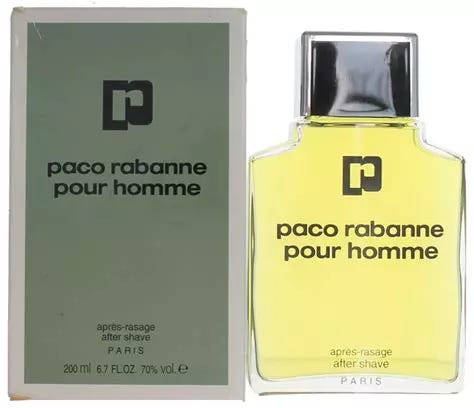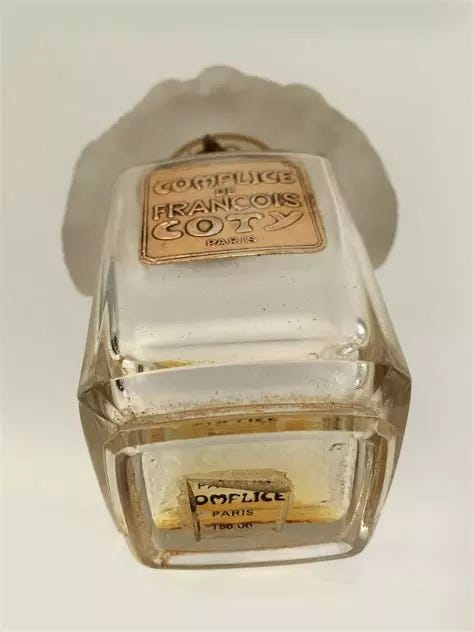When Coty died alone at the age of sixty, he was in many ways a broken man.
His ex-wives wanted nothing to do with him. He was shunned by his peers, and his perfume business – which spanned continents – was broken by the Wall Street Crash. To make things worse he had squandered his fortune on real estate and far right politics.
Coty was a caustic character, a hard driven businessman who got to the top through hard work and his appetite for competition; and of course an awesome talent for perfumery, which took him from obscurity in Corsica to being one of the richest men in France.
At the end of his life he was living as a recluse in his town house, where he found consolation by working on a perfume not even his company director knew about. It was a secret endeavour, carried out in a home laboratory.

The formula was just some lines on a piece of paper. To the accountants who were called in to deal with Coty's affairs, the names and numbers would have meant little. So, along with his personal papers, the document was filed away and put into storage, where it became the property of the corporation that rose from the ruins of his business empire.
Eventually, an archivist at Coty Inc off dusted the paper and saw it was the man’s last work. Thankfully, when the directors heard about it, they thought it might be interesting to smell what Coty had been doing, and they had it made up in the lab.
When the trial came back they might have liked it, but they would have realised there were problems to deal with. The formula was not complete; there may have been gaps, or accords to be finished off.
Another problem was that by the 1970’s, some of the materials Coty used using were no longer being made, which meant the formula would have to be adjusted to suit the new aroma chemicals and essential oils that were in use.
This wasn’t a case of rewriting the formula, more like translating an old Corsican dialect into modern Parisian. It was a specialised task that needed someone who could speak both tongues, as it were; enter Jean-Pierre Weil.
Weil came from a family of perfumers that were active in the 1930’s. He would have been familiar with Coty’s style and may even have analysed some of his competitors works when they first came out.
When the formula had been worked into shape it was given the go ahead and put into production. It turned out to be an aldehydic floral / powdery amber; an opening of aloof aldehydes with citrus and faint fruity notes, which contrast with a sweet and floral, light oriental.
The two ends of the profile have opposing characters, but somehow – thanks to the skill of the perfumer(s) – they blend seamlessly together; with the panache of an acrobat the profile walks the high wire between haughty and sensual.
Once the formula had been settled on, the next stage was to compound it, create a bottle to put it in and design the packaging to go round it.
After a string of mediocre releases like Wild Musk, Success by Day and Bacchus, the company that had grown out of the wreckage of his empire—Coty Inc—knew they had something special on their hands, and to give them the credit they deserve they treated it as such. They released it in a Parfum concentration as well as the usual Eau de Toilette, and they called it Complice de François Coty.
Both versions were housed in rectangular bottles that drew on the style of the day.

The rather masculine style of the bottle was normal in the early 70’s, even for feminine releases
It could even be called the Paco Rabanne style
Coty Inc used the seventies style of bottles for their reconstructed thirties formula, but it was not just a vintage perfume dressed up in a modern outfit, there were classical elements to the packaging as well.
The stopper for the Parfum is clearly an extravagance from another era.
Cast in frosted glass, the bouchon has the air of a Lalique fantasia. A fiery, furry Napoleonic hat; Coty was nicknamed the Napoleon of Perfume for his Corsican roots and so the stopper design also has historical resonances.
The presentation of Complice Parfum spells luxury, showing the contents are out of the ordinary. This kind of extravagance was especially notable in 1973 - which was the year that Yom Kippur war caused an oil shock that saw the price of gasoline soar, which had the knock-on effect of causing world wide inflation; not the best time to release a luxury edition perfume…
The parfum’s lalique style crown was the kind of folly that hadn’t been seen since Patou launched Joy into the teeth of the Great Depression - which they famously vaunted as ‘the most expensive perfume in the world’. Complice is not the most expensive-smelling perfume ever made, but it certainly doesn’t smell cheap.
Along with the ornate stopper, the Parfum flacon benefits from modern production techniques, having a rebated pedestal and well defined edges that wouldn’t have been possible in the thirties.
As well as the bottle and cap being a hybrid of archaic and modern, the label is also a mixture of styles, with antique bronzed patina and 1970’s bubble writing. It can be seen here on the sample vial sleeve and was used on the Eau de Toilette as well.
The packaging used for Complice is a hybrid of styles from Coty’s heyday in the 1920’s and the designs that were current in the 1970’s. Taken as a whole, this mix of contemporary and Art Nouveau gives Complice a faux-antique appearance. Being neither genuine seventies, nor classic Coty, it doesn’t look completely at home with either style.
This lack of coherence displayed by the bottle style is reflected in the timing of the perfume’s release.
Coty Inc had the chance to issue Complice on the centenary of Coty’s birth in 1874 but they released it in 1973, which suggests they may have been ambiguous about presenting it as an homage to François Coty, even though they weren’t shy about putting his name on the label. However, it’s equally possible that it was a case of getting the product out there as quickly as possible and capitalising on a lucky find.
Despite the timing of it’s release, Complice was treated as a proper prestige perfume (in the Parfum at least) and Coty Inc went to special lengths to give it a luxury image.
But was the perfume good enough? Did it deserve the hype?
The story continues in Part 2.
Complice de François Coty - Part 2
In part 1 we looked at the background of Complice; how it was composed at the end of Coty’s life, the bottle and the packaging – and how they relate to Coty’s other works and the designs that were fashionable at the time of its release. Now it’s the turn of the perfume itself; what does it smell like?














Great post!
This is excellent. I am thoroughly enjoying your writing here.